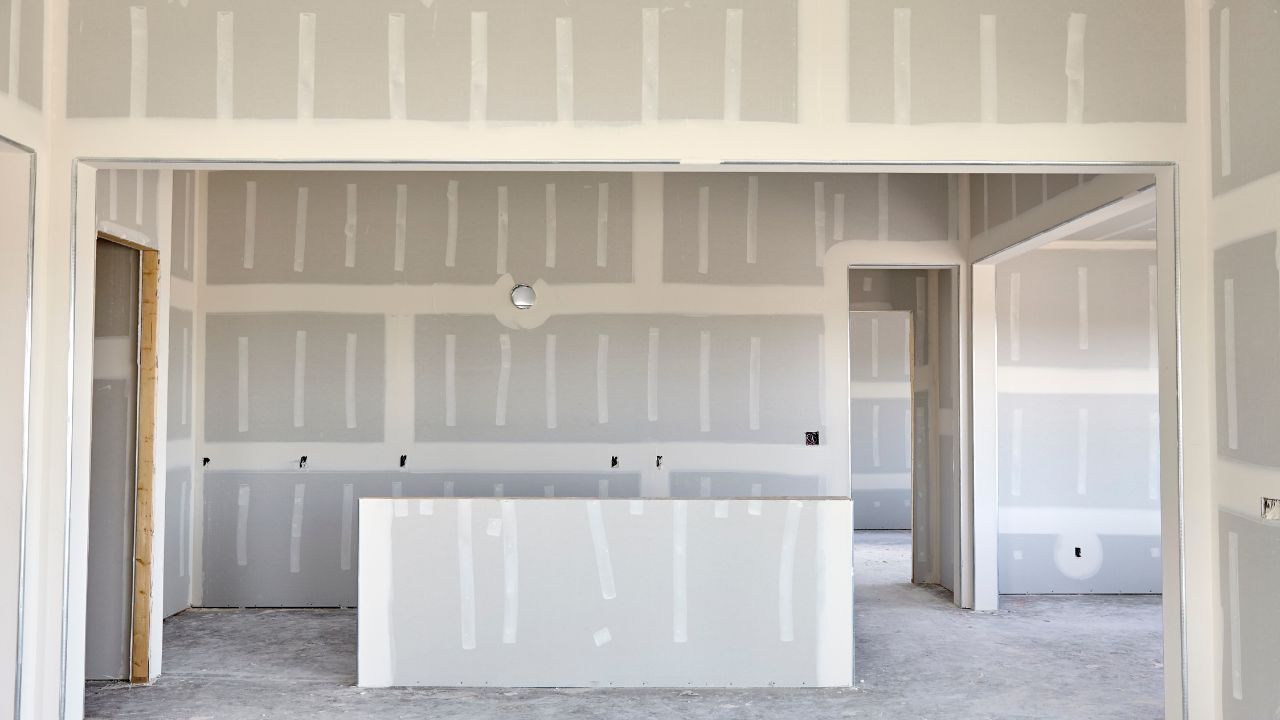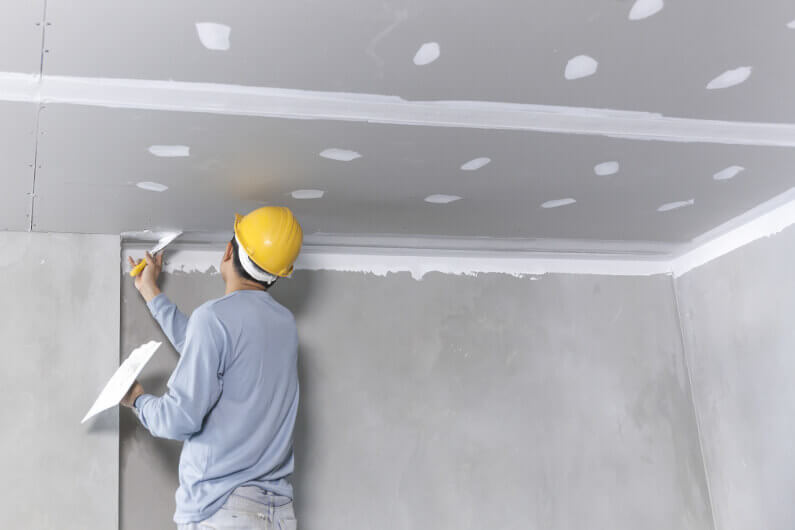Inexpensive Drywall Repair Options for Your Fort Worth Home
Inexpensive Drywall Repair Options for Your Fort Worth Home
Blog Article
Drywall Installation Facilitated: Tips for Perfect Outcomes
Drywall installation is frequently regarded as a complicated task, yet with the ideal approach and expertise, it can become a convenient venture. Understanding techniques for cutting, hanging, and ending up drywall can substantially influence the end result.
Choosing the Right Products
Selecting the proper materials for drywall installment is essential to accomplishing a resilient and cosmetically pleasing finish. sheetrock repair fort worth. The primary element, drywall sheets, typically can be found in different densities, with 1/2-inch sheets being basic for interior wall surfaces. For locations requiring additional dampness resistance, such as cooking areas or bathrooms, consider utilizing environment-friendly board or concrete board, which are specially developed to stand up to moisture

Additionally, selecting the best fasteners-- either screws or nails-- is important for securing the drywall to the framing. Drywall screws are generally preferred for their holding power and lowered danger of popping. Take into consideration the finishing touches such as guide and paint, which not just improve the look yet likewise safeguard the drywall from moisture and wear.
Preparing the Installment Area
Prior to beginning the drywall installation process, it is essential to prepare the setup location completely. A tidy work area minimizes the danger of damage to existing products and permits for efficient motion throughout setup.
Following, examine the wall surfaces and ceiling for any flaws, such as splits, holes, or mold. Address these concerns beforehand; spot any kind of damages and enable enough time for repairs to dry. In addition, ensure that electric outlets, buttons, and plumbing are correctly placed and made up, as this will impact drywall placement.
Think about the ecological problems. A secure temperature level and moisture degree are essential for optimum attachment and efficiency of the drywall products. Make use of a dehumidifier or heating system to develop appropriate problems. if necessary.
Trimming and Hanging Drywall
The trick to reliable drywall setup lies in the accurate cutting and dangling of the panels. Make use of a straight edge and an utility blade to score the drywall along your measurements, then break it along the scored line for a tidy break.

Always function from the top down and left to right, making sure that you maintain a staggered pattern to improve security. Properly hanging the drywall establishes the structure for a smooth finish, eventually leading to remarkable outcomes in your drywall project.
Taping and Mudding Strategies
While proper cutting and hanging of drywall establishes the phase, the next vital action involves grasping taping and mudding strategies to ensure a seamless surface. Insulation is important for strengthening joints and protecting against cracks; it involves installing tape right into the used joint substance (mud) Start with a quality fiberglass or paper tape, applying the tape over the joint and pushing it right into the damp mud making use of a taping blade, ensuring no air bubbles stay.
When the tape remains in area, use a slim layer of joint substance over the tape, feathering the sides to develop a smooth transition to the drywall surface. Allow this layer to dry completely before sanding it lightly to eliminate flaws. Repeat this process, applying extra coats of mud as needed-- normally a couple of layers-- while progressively expanding the find more application location with each layer to attain a smooth look.
After the final coat dries, sand the surface with a fine-grit sandpaper until smooth. drywall repair. Keep in mind to use a mask during sanding to avoid breathing in dirt bits. Grasping these taping and mudding methods is vital for accomplishing a professional-quality finish in your drywall installation
Ending Up Touches for Excellence
Accomplishing a perfect drywall installation surpasses mudding and taping; it finishes in the completing touches that elevate the total look. These final steps are crucial in making certain a professional-grade coating that improves the visual appeals of your space.
Begin by fining sand the dried out joint compound to develop a smooth surface. Use a see fine-grit sandpaper and a fining sand block or pole sander for optimum control. Pay specific attention to corners and sides, as these areas often tend to require even more meticulous work. After fining sand, clean down the wall surfaces with a moist cloth to eliminate any kind of dirt bits, making sure a tidy surface area for painting.
Next, use a primer particularly designed for drywall. This step is essential, as it assists secure the joint compound and supplies a consistent base for the topcoat. When the guide dries, check for any kind of flaws, and repair as required.
Final Thought
In final thought, successful drywall setup pivots on the cautious choice of products, detailed prep work of the installment area, and specific implementation of reducing and hanging strategies. Proficiency of taping and mudding procedures is crucial for attaining a smooth coating.
Drywall installment is usually regarded here as a daunting job, yet with the right strategy and expertise, it can come to be a convenient undertaking.Choosing the proper materials for drywall installation is crucial to achieving a sturdy and cosmetically pleasing surface.Before beginning the drywall installment procedure, it is necessary to prepare the setup area thoroughly. Understanding these taping and mudding methods is vital for achieving a professional-quality finish in your drywall installment.
In final thought, successful drywall installment pivots on the careful option of products, extensive preparation of the installment area, and precise implementation of cutting and hanging strategies.
Report this page